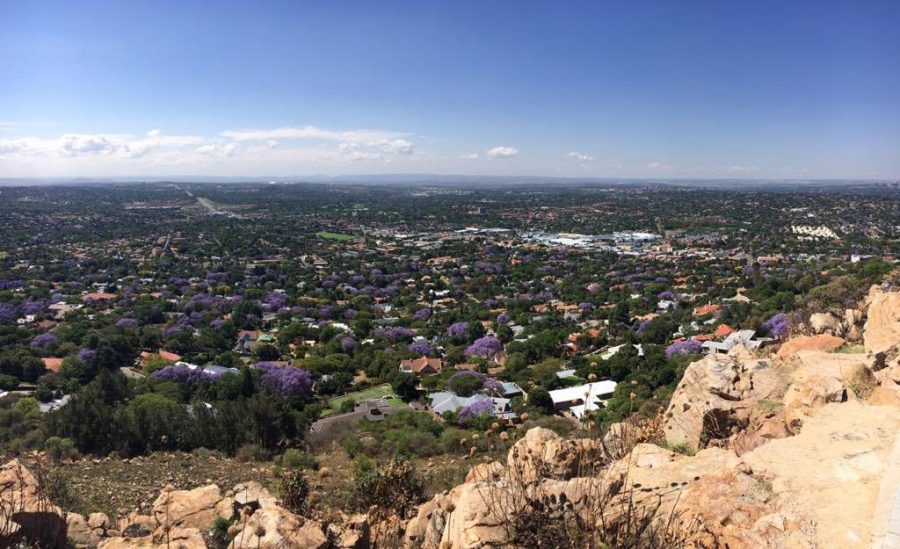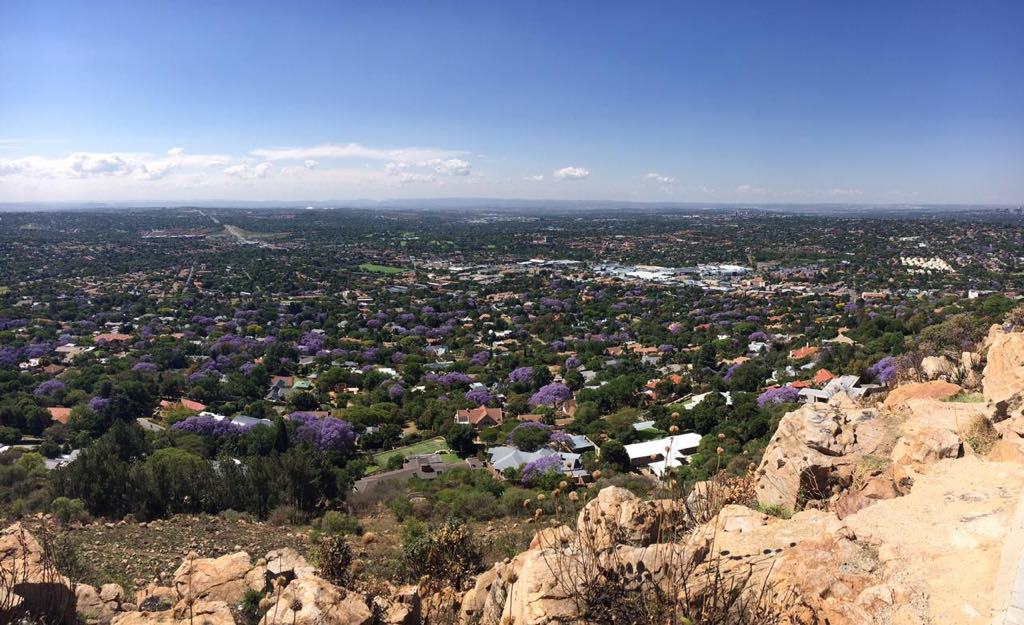
Johannesburg Seeks to Avert ‘Ecological Disaster’ From Beetle-Infested Trees
JOHANNESBURG – Researchers and city officials are racing to understand the extent of a beetle infestation damaging trees across South Africa that, if left unaddressed, could have a ripple effect on the climate, air quality and ecosystems. The Polyphagous Shot Hole Borer (PSHB), indigenous to Southeast Asia, is a tiny beetle that drills holes into […]

JOHANNESBURG – Researchers and city officials are racing to understand the extent of a beetle infestation damaging trees across South Africa that, if left unaddressed, could have a ripple effect on the climate, air quality and ecosystems.

The Polyphagous Shot Hole Borer (PSHB), indigenous to Southeast Asia, is a tiny beetle that drills holes into trees, depositing a fungus that can eventually kill its hosts.
Estimates of the infestation in Johannesburg, South Africa’s biggest city, range from 5,000 to well over 20,000 trees, while figures across the country are not yet known.
According to Jenny Moodley, spokeswoman for Johannesburg City Parks, trees – besides beautifying urban areas – store planet-warming carbon, filter air pollution, cool temperatures and regulate the climate.
“Removing them could impact the health of residents and the environment, as well as property values in the city,” she said, noting that cutting down the infested trees was a last resort.
The beetle infestation “could trigger an ecological disaster if not managed”, Moodley told the Thomson Reuters Foundation.
Researchers said the beetles had been spotted in nearly every South African province.
Environmentalists say protecting existing forests and restoring damaged ones prevents flooding, sequesters more carbon, limits climate change and protects biodiversity.
“Trees are a massive part of the urban landscape,” said Marcus Byrne, an Ig Nobel prize winner and entomologist at the University of the Witwatersrand in Johannesburg.
“They give us shade, clean pollutants, reduce movement of dust and cool the urban heat islands,” he said by phone.
Various solutions to the beetle problem have been proposed, including tree felling and chemical products, said Moodley.
But “no successful proof” has been presented for any one of them as a feasible strategy to roll out country-wide, she added.
“We have hit a stone wall,” she said.
The Johannesburg city website cautions residents against applying chemicals to infected trees, as doing so could contaminate ground water, destroy animal habitats and kill off pollinating insects like bees.
So far the city has removed 220 dead trees that are being chipped into smaller pieces, covered with plastic and left in the sun for three months to kill all the beetles in the wood.
But until more is known about the infestation, the city is cautious about cutting down any more trees, Moodley said.
She urged residents to plant indigenous trees that are not prone to infestation, report any signs of the beetle and take care when buying firewood that may be infested.
Community groups, meanwhile, have started marking beetle-ridden trees with “PSHB” stickers to alert city residents.
The beetle is thought to have entered the country around 2012 on wood pallets, said Wilhelm de Beer, an associate professor in microbiology at the University of Pretoria.
“We do believe this is a risk to other southern African countries,” warned de Beer, who is running workshops on the problem with researchers across 15 African nations.
The beetle attacks more than 300 hard and softwood species of different sizes, noted de Beer, who is working with experts in California where a major outbreak killed millions of trees over the past decade.
Both de Beer and Byrne said more research and data were needed before solutions could be proposed.
Byrne is seeking funding to analyse satellite imagery going back 10 years, and using Google Street View and citizen-gathered data to build maps of the infestation across Johannesburg.
De Beer is researching the use of a natural agent, such as an insect or fungus, to control the infestation.
“We are already losing trees to drought,” de Beer added. “We do not need to lose any more.”
(Reporting by Kim Harrisberg; editing by Megan Rowling; Thomson Reuters Foundation. Visit http://news.trust.org)
